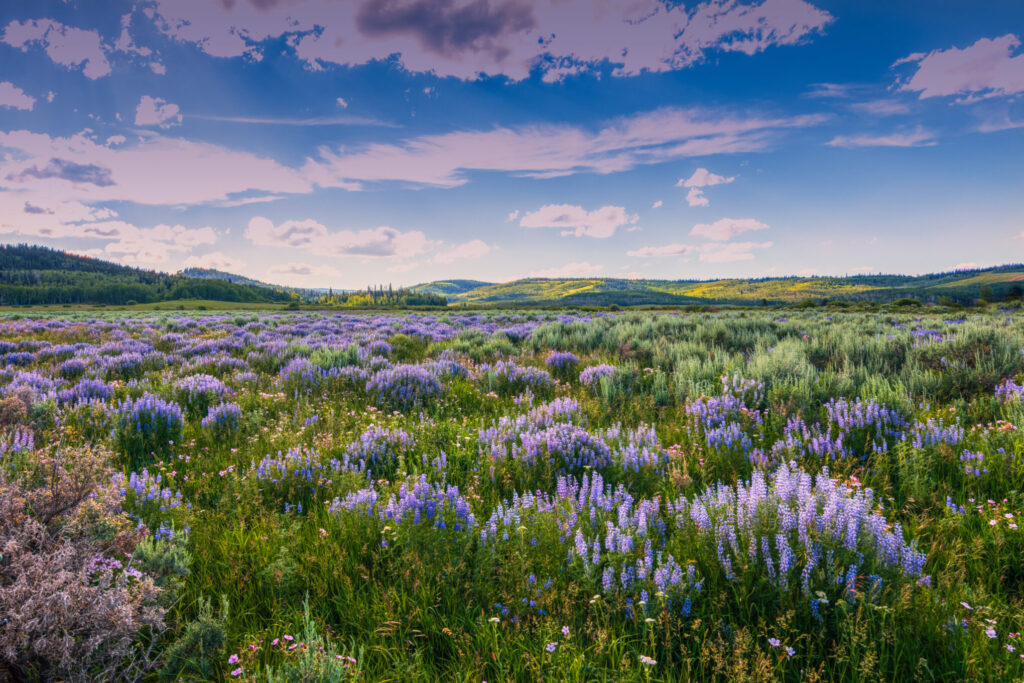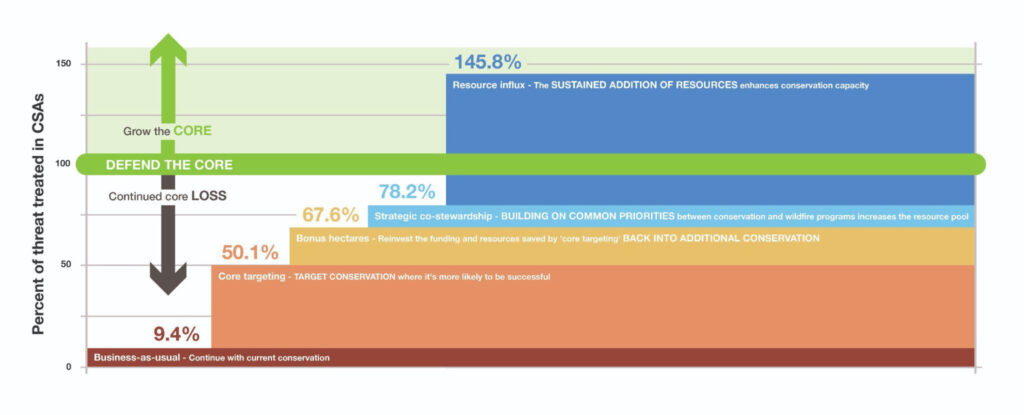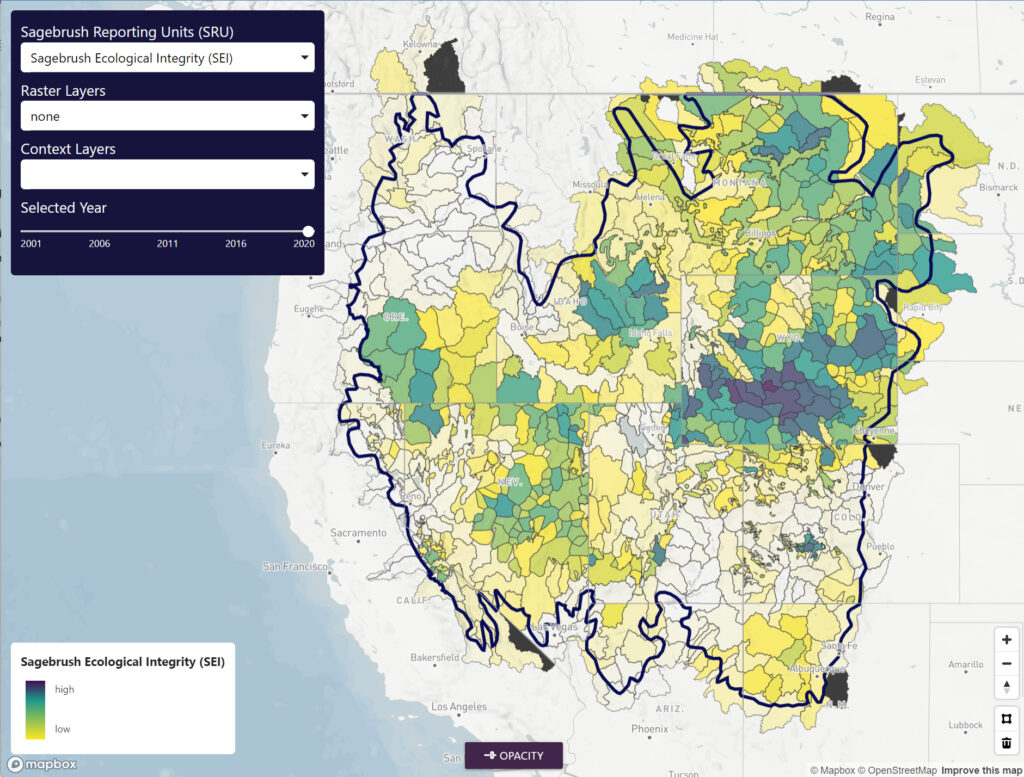
Despite significant and sustained investments in the conservation of the sagebrush biome, the largest contiguous ecosystem in the continental U.S., the biome continues to decline. A new approach to sagebrush conservation, known as the Sagebrush Conservation Design (SCD), directs land managers to maximize conservation benefits by focusing on high quality sagebrush habitat where threat levels are low. Building on the SCD framework, a diverse group of researchers and conservation practitioners came together to publish 20 new articles in a specialissue of Rangeland Ecology and Management that provide an actionable path forward to save the sagebrush biome.
In a new paper in the special issue, lead author Dr. Tina Mozelewski (CSP) quantified the rate of sagebrush habitat loss- over 300,000 hectares of intact sagebrush ecosystem/year- and identified the causes of decline, predominantly invasive annual grass. Mozelewski also compared the rates of proactive conservation in the sagebrush biome to rates of habitat loss to evaluate how much more conservation might be needed to halt declines. The authors found that depending on the severity of the threat driving declines, 5x-23x more conservation might be needed, but that by employing strategies like better spatial targeting of conservation actions and coordination across land ownership types and management programs, the level of total conservation effort- and money- needed could be dramatically reduced. See Figure 1 below.
As part of the same special issue, CSP’s Dr. Elissa Olimpi led a paper highlighting the new Sagebrush Ecosystem Trends tool developed by Olimpi and Mozelewski, website developer Josh Gage, and collaborators at USFWS, USGS, BLM, and USDA NRCS. The web tool is an interactive mapping interface that provides natural resource managers with an interactive way to view trends in habitat quality in their region, to identify the main drivers of degradation, and to strategically target local conservation efforts by applying the SCD framework. The article that accompanies the web tool is designed to help end users interpret and apply results from the web tool. To support users in navigating the web tool, Olimpi also developed a user’s guide and tutorial video. See Figure 2 below.
CSP’s next steps for advancing conservation in the sagebrush biome include a series of projects led by Mozelewski and Olimpi that focus on evaluating the vulnerability of mesic resources to global change, building a pollinator index based on key indices of floral resource availability, and identifying the scale and threat context at which conservation treatments result in detectable differences in sagebrush ecological integrity.

Figure 1. Mozelweski et al. (2024) show how each of the five conservation scenarios that they explored influence the future of the sagebrush biome. ‘Defend the core’ represents treating all threats in intact sagebrush habitat (Core Sagebrush Areas, or CSAs). The authors show that strategic spatial targeting, coordination, and greater investments all help to mitigate the loss of intact sagebrush habitat and could even ‘Grow the core,’ or reverse habitat declines.

Figure 2. Olimpi et al (2024) guide end-users through the process of using the Sagebrush Trends web app tool and illustrate how users can explore spatial data layers, identify key threats, and assess threat trends for their local area. This tool helps to ‘step down’ the Sagebrush Conservation Design framework to local conservation planning.

